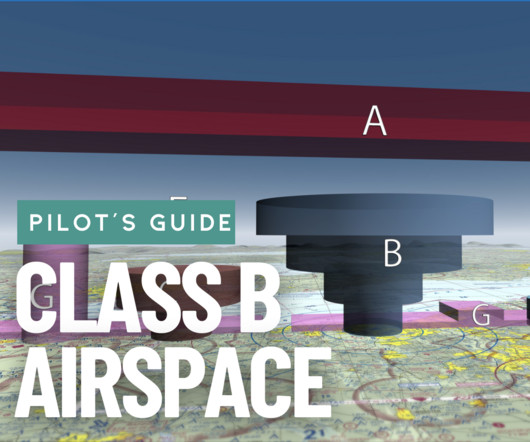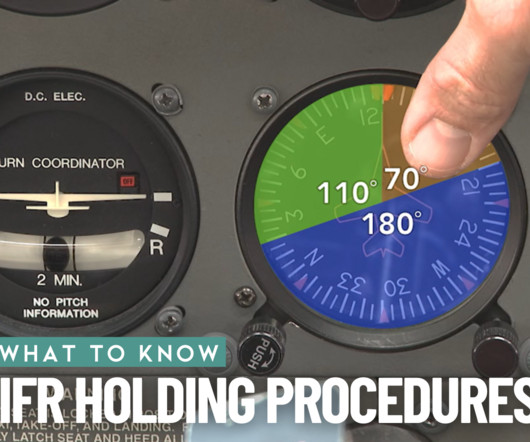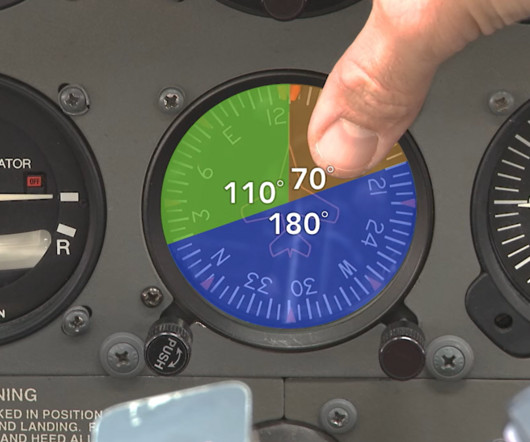Class B Airspace—A Pilot’s Guide
Flight Training Central
NOVEMBER 4, 2024
An ATC clearance is required for operations within Class B airspace. IFR operations require an operable VOR or TACAN receiver or a suitable RNAV system. Class B Speed Limitations Aircraft flying within the Class B airspace may fly at an indicated airspeed of up to 250 knots.











Let's personalize your content